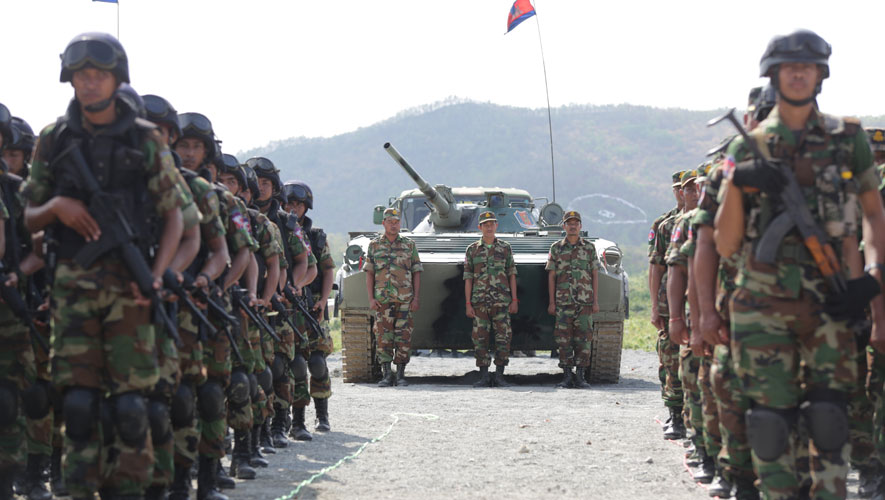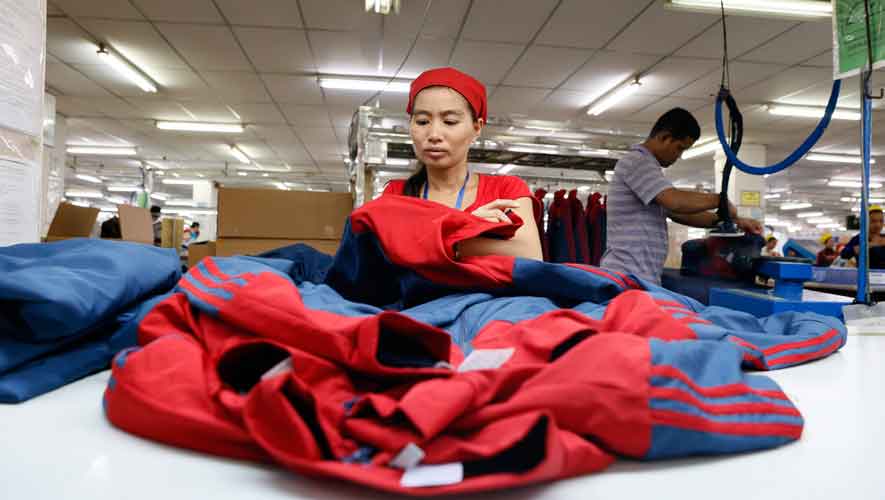Cambodia’s military alliance with China could inspire Asean member states to align themselves with other major powers, a move that threatens to destabilise the bloc’s centrality unless a pact is put in place
For the latest Cambodian Business news, visit Khmer Times Business
Individual Asean (Association of Southeast Asia Nations) countries have been seeking military ties with superpowers such as China and the US, and this does not bode well for Asean security as it is likely to challenge Asean centrality.
A case in point is Cambodia, which has good military relations with China, evidenced by the kicking-off of the Golden Dragon Military exercise on March 13.
This military exercise is part of the Royal Cambodian Armed Forces that implemented the national defence policy between Cambodia and China, and for cooperation in all sectors.
China has also cultivated military ties. In the aftermath of the 1997 coup, China provided $2.8 million in military aid and has since supplied a wide range of military equipment, training of military and police cadres, and naval vessels to combat drug trafficking and piracy.
While there might be sufficient justification for Cambodia to have an alliance with China, this does not stop other countries from aligning themselves with other superpowers or emerging superpowers such as Japan, China and India.
Considering the impact of the US-China rivalry in Asia, other major powers in the likes of India, Japan and some countries in Europe may also want to assert their influence in the region.
The jostling of positions may impact Asean member countries that might be put in uncomfortable positions to choose sides.
It is for this reason that Asean must have a joint defence pact that would deter any kind of unilateral military pact that can undermine Asean centrality.
Asean had already taken its first initiative by having its maritime exercise with China aimed at reducing tensions, an act that has already sparked US alarm. Beijing’s claims in South China Sea had long been a source of contention with rival claimants in Southeast Asia, and despite this claim, Asean is trying to strike a more conciliatory tone in an effort to stop tension from spiraling out of control. The navies of China and the 10 member states held their first joint drills in South China Sea last year.
Asean is also planning a maritime exercise with the US this year. It would be the first exercise involving the US and Asean countries. Although details are unavailable, a source says it is likely to be held in August 2019. It is aimed at striking a balance between China and the US, which both wield considerable influence in the region.
This exercise is more symbolic than anything else because Asean members are already engaged in a naval exercise with the US military which includes Cooperation Afloat Readiness Training (CARAT) exercise and the Southeast Asia Cooperation and Training (SEACAT) exercise.
The Asean Defence Ministers’ Meeting (ADMM), which is the highest defence consultative and cooperative mechanism in Asean, should now strive for “Asean Defence Pact” that will avert individual member states from having unilateral military ties with superpowers that would lead to compromises being made in the region.
Any military exercise carried out should be along the lines with maritime exercise that Asean had carried out with China and the proposed exercise with the US that it plans to have this year.
However, ADMM can continue to function as an organisation that would go towards promoting peace and stability through dialogue and cooperation in defence and security, and give guidance to existing senior defence and military official dialogue and co-operation in the field of security within Asean, and between Asean and dialogue partners.
While the existing mechanism would avert conflicts between Asean countries, there is a need to ensure that individual Asean countries do not seek the assistance of superpowers that would lead to compromises and place Asean centrality under siege.
Sathish Govind is an ex-analyst in a think tank in Malaysia
Contributing Writer, Capital Cambodia




